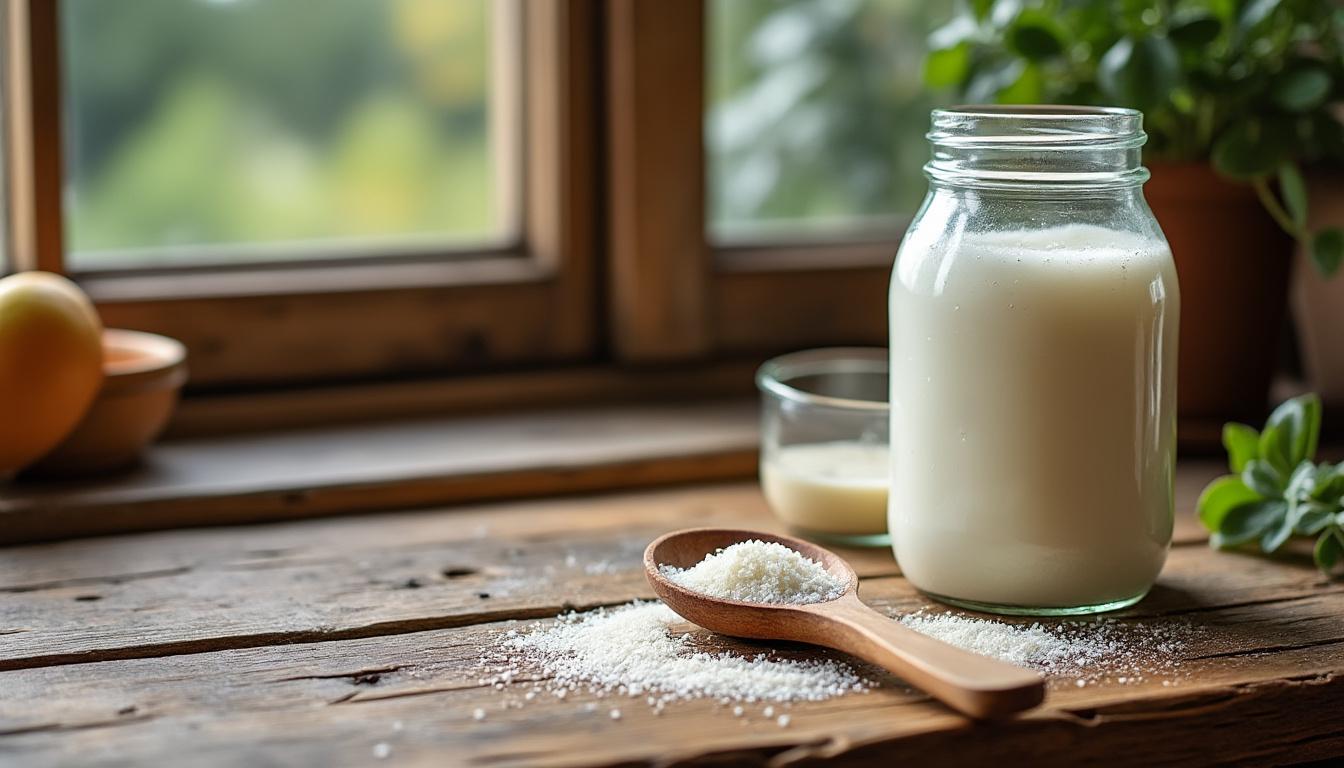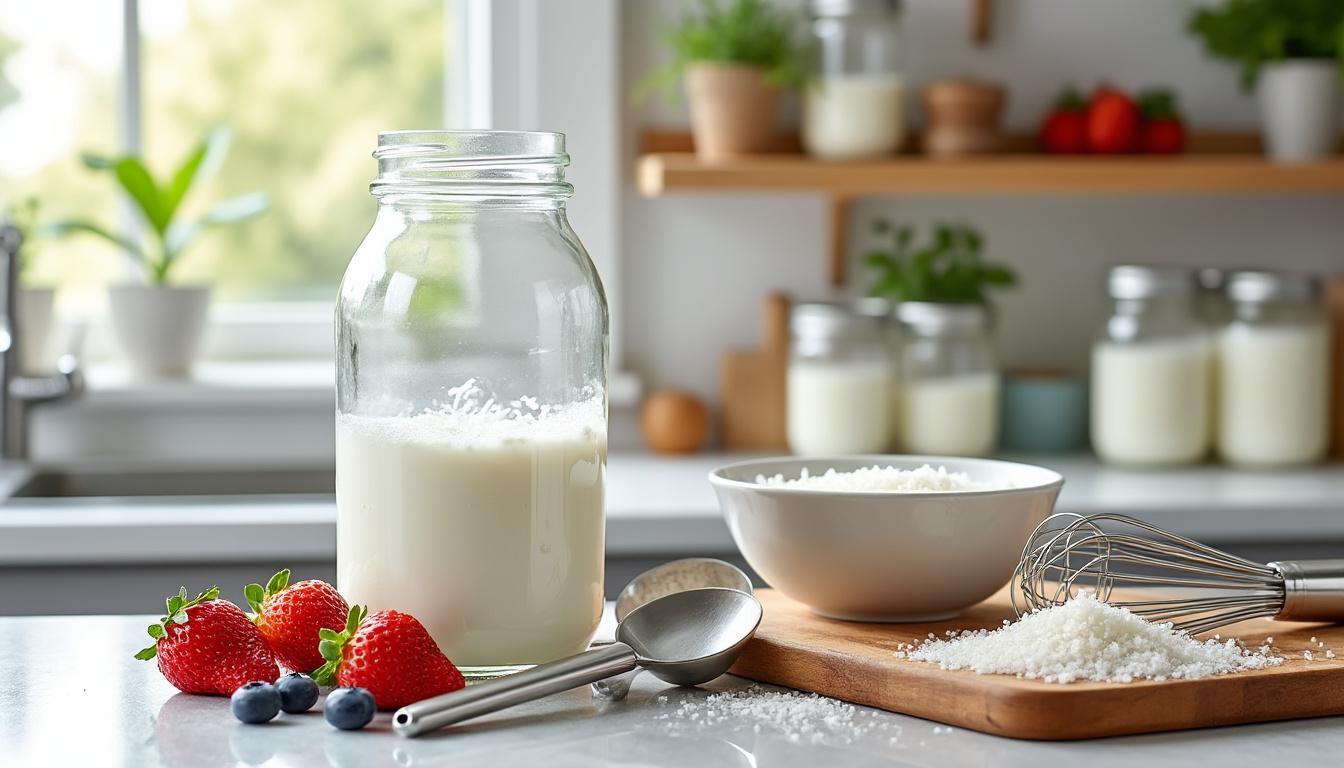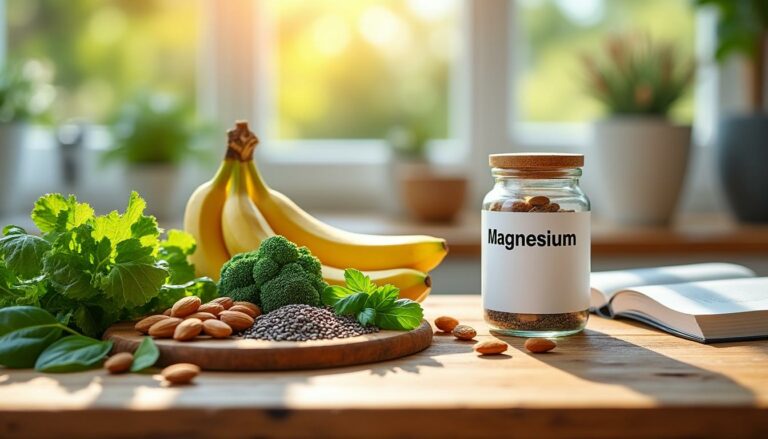What is kefir? Simple steps to make it at home
Bold target keyword
Every day, more families look for a living food that soothes the digestive tract, stretches the grocery budget, and slips easily into smoothies, dressings, or a quick mug on the run.
Ignoring the call of fermented foods often means relying on ultra-processed dairy, paying premium prices for store bottles, and missing out on the natural fizz that only home culturing delivers.
Thankfully, What is kefir? Simple steps to make it at home reveals a hands-off method that turns ordinary milk into a probiotic powerhouse with nothing more than a spoonful of grains and a clean jar.
Understanding Kefir: A Live, Tangy Companion for Gut Health
Kefir is a lightly carbonated, yogurt-like drink created when Kefir Culture—a community of beneficial bacteria + yeast—feasts on milk sugars. Within 12–24 hours, the culture multiplies, dropping the pH, producing folate, B-vitamins, and up to 30 strains of probiotics. Studies published in 2025 confirm kefir’s unique ability to survive stomach acid and colonize the colon more effectively than standard Yogurt Culture.

Key Benefits You’ll Notice First
- 🌱 Easier digestion — lactase-producing microbes pre-digest lactose, ideal for the dairy-sensitive.
- 🛡️ Stronger immunity — bioactive peptides stimulate gut-associated lymphoid tissue.
- 💪 Budget resilience — one purchase of grains keeps producing indefinitely.
- 🫧 Gentle effervescence — natural carbonation replaces sugary sodas.
| Store-Bought Option | Price (US$ / qt) | Live Strains | Sweeteners Added |
|---|---|---|---|
| Lifeway 🥛 | $5–6 | 12 | Cane sugar |
| GoodBelly 🫐 | $4–5 | 10 | Fruit juice |
| Green Valley Creamery 🌿 | $6–7 | 11 | None |
| Your Homemade Batch 🏡 | <$1 | 25–30 | None |
Notice how the DIY version costs a fraction while delivering double the diversity. That’s why many homesteaders at Self Reliant Wellness choose to brew their own.
Sourcing Kefir Grains & Simple Equipment
Fresh grains resemble tiny cauliflower florets and can be shared by friends, ordered from ethical farms such as Biehler Farms, or purchased in starter kits like Kefirko jars. Skip dehydrated “one-shot” powders and aim for living grains that keep multiplying.
Essential Tools Checklist 🧰
- 🫙 One-quart glass jar (clear glass helps track progress).
- 🥄 Plastic or stainless-steel spoon—brief metal contact is safe.
- 🧺 Fine-mesh strainer (non-reactive).
- 🌡️ Warm, draft-free countertop area, 68-75 °F (20-24 °C).
- 🧴 Flip-top bottle if you crave extra fizz during second fermentation.
| Item | Why It Matters | Budget Alternative |
|---|---|---|
| Kefirko kit | Integrated strainer lid | Mason jar + sieve |
| Clip-top bottle | Safe carbonation | Recycled kombucha bottle |
| Thermometer strip | Monitors fermentation temp | Room thermometer |
Once grains arrive, revive them by soaking in ¼ cup milk per tablespoon of grains, replacing milk every 12 hours until thickening occurs—usually two to four cycles.
Step-by-Step Guide: Crafting Kefir in 24 Hours
Batch Formula 🧪
Use the 1 : 8 rule—1 tablespoon grains for every ½ cup milk. Scale up as needed.
- 🥛 Pour room-temperature cow or goat milk (organic full-fat tastes creamiest) into the jar, leaving 1 inch headspace.
- 🌾 Add activated grains, stir gently.
- 🪟 Cover: cloth for less fizz, clip-top for milder yeast notes.
- 🕰️ Rest 12–18 h. At 8 h give the jar a swirl; by 12 h it should coat the glass; by 24 h curds & whey may separate.
- 🔄 Strain with a sieve; grains stay behind ready for the next batch.
| Ferment Time | Texture | Flavor | Best Use |
|---|---|---|---|
| 8 h | Pourable | Mild | Breakfast cereal |
| 12 h | Thick & creamy | Tangy | Smoothies |
| 18 h+ | Curds & whey | Sharp, effervescent | Salad dressings |
Flavoring, Storing & Cooking with Kefir
Second Fermentation Flavors 🍓
- 🍯 Honey-vanilla—½ tsp raw honey + vanilla bean.
- 🍋 Lemon-ginger—citrus peel + sliced ginger.
- 🍫 Mocha—1 tsp cacao + cooled espresso.
Seal and rest 6 h on the counter, then refrigerate. Burp bottles to release pressure.
Smart Storage & Grain Vacation Mode 🌙
- 📆 Up to 3 weeks: cover grains with fresh milk, stash in fridge.
- ❄️ Up to 12 months: rinse, pat dry, coat with milk powder, freeze in zip-bag.
Finished kefir keeps 2–3 weeks cold. For slower production, ferment the entire batch inside the fridge—expect a gentle brew over 10–14 days.
| Recipe Swap | Replace With Kefir | Result |
|---|---|---|
| Buttermilk pancakes 🥞 | 1:1 kefir | Fluffier crumb |
| Overnight oats 🌾 | Half yogurt, half kefir | Extra probiotic boost |
| Ranch dressing 🥗 | All dairy base | Smoother tang |
| Soda bread 🍞 | Full liquid | Lighter rise |
Troubleshooting & Safety: Keep the Culture Thriving
Common Hiccups 🛠️
- 😶🌫️ Flat, thin kefir — temperature below 68 °F; move jar to warmer spot or increase grains.
- 🤢 Unpleasant odor — grains starved; refresh in new milk every 12 h for two cycles.
- 🎇 Explosive fizz — over-fermentation; strain earlier or refrigerate sooner.
- 🟤 Brown or pink spots — discard batch, rinse grains, restart in fresh milk.
Remember, kefir’s acidic environment and diverse microbes naturally resist pathogens. Still, anyone immunocompromised should consult a professional before introducing new ferments.
| Symptom | Likely Cause | Quick Fix |
|---|---|---|
| Grains shrinking 😟 | Long stint in nut milk | Revive in dairy 48 h |
| Over-production 🕑 | Grains doubled | Gift extras, freeze, or dry |
| Lumpy smoothie 🥤 | No secondary blend | Whisk before pouring |
Brands such as Nourish Kefir, Kefir Lab, and Farmers Union offer ready-made bottles, yet brewing at home secures potency and flavor while trimming plastic waste.
Frequently Asked Questions
- Can lactose-intolerant people drink kefir?
Most can. The culture digests 70–90 % of lactose. Start with ¼ cup per day and monitor comfort. - Is raw milk safe for kefir?
Yes when the milk source is trusted. The kefir microbes out-compete potential pathogens, but pregnant individuals should stick to pasteurized. - How often should grains be replaced?
Never, if treated kindly. Healthy grains multiply; excess can be shared or stored. - Can water kefir grains replace milk grains?
No. They are distinct ecosystems. Use dedicated water grains for sugar-water or juice ferments. - Why does my kefir separate every time?
Extended fermentation or high room temps. Simply swirl the jar to re-homogenize, or strain a few hours earlier.
What is kefir? Simple steps to make it at home now sits in your toolkit—just grains, milk, and a day of patience stand between you and the freshest probiotic drink on the planet.






